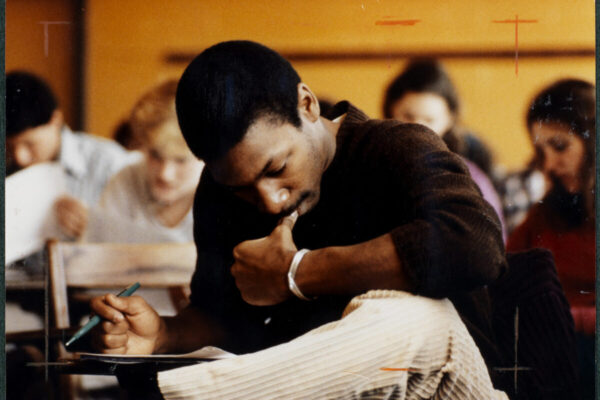The Association of Governing Boards’ Trusteeship Magazine recently asked Kevin P. Reilly, president emeritus and Regent Professor at the University of Wisconsin System, about his work with the new national teacher training and credentialing program spearheaded by the Association of College and University Educators (ACUE) and ACE, and why it’s so important that boards understand what good teaching is and how to promote it on their campuses. What do boards need to understand about teaching? Curriculum and instruction are appropriately the domain of the faculty. Yet board members, working with the administration, can be a powerful force for good teaching at their campuses.
What do boards need to understand about teaching?
Curriculum and instruction are appropriately the domain of the faculty. Yet board members, working with the administration, can be a powerful force for good teaching at their campuses.
Advancements in adult learning and cognitive science have helped demystify the complexities of the teaching profession, establishing a body of practice in effective instruction. In addition, recent research shows that students learn more in courses taught by faculty who participate in high-quality professional development.
Knowing this can help boards expand and enrich their conversations about student success. An investment in instructional excellence is not only the right thing to do educationally. The more students succeed in their coursework, stay in school, and graduate, the stronger the fiscal health of our institutions.
Why is effective instruction especially important for higher education today?
We all realize that in the knowledge economy, a solid postsecondary education is more important than ever. But far too many students who enter our doors fail to obtain their degrees. Those who never complete will likely find themselves at a distinct economic disadvantage for the rest of their lives.
Despite growing research that shows students learn more from improved instruction, teaching is largely overlooked in the conversation about college retention and completion. Many faculty members receive too little support for their classroom responsibilities as a result, to the detriment of students.
In a kind of magical thinking and despite much evidence to the contrary, we tend to fall back on the notion that being an expert in a discipline makes you a good teacher of it. Many part-time professors, who now make up a majority share of the nation’s faculty workforce, still rely heavily on traditional lecturebased teaching practices that contradict the latest findings on how people learn. It’s not only the parttimers of whom this is true, but an overwhelming majority of these adjuncts receive no resources for professional development.
What are the implications for governance?
One reason teaching has been frustratingly absent from discussions about student success is a leadership gap. As board members, a first step is to foster a collaborative dialogue with senior administrators, faculty, and other key members of the campus community about the central role teaching can play in meeting students’ and the institution’s goals.
Certainly, the board member’s role is not to be meddling in the classroom. What is appropriate is that they regularly engage with presidents and provosts around the role of teaching in student success strategies. Boards should also make clear their support for prioritizing effective instruction and allotting the dollars necessary to do that.
What are some scalable solutions to help institutions prioritize effective instruction?
There are reasons to be optimistic, thanks to leadership from some of the nation’s top higher education organizations. AGB and Lumina Foundation are spearheading an 18-month research project designed to help boards better align institutional missions with student success. In their first report, “Governing Board Oversight of College Completion,” released earlier this year, their statement of principles recognized the important role that faculty play in this equation.
This year, ACE made effective teaching a top priority and is urging members to dramatically expand high-impact teaching practices. ACE has also endorsed a new national training and credentialing program called the Course in Effective Teaching Practices, developed by the Association of College and University Educators (ACUE, found at acue.org). I am a founding member on ACUE’s board of advisers, and it has been exhilarating to see the collective enthusiasm for a resource that is scalable, high-quality, and research-based.
If you have any questions or comments about this blog post, please contact us.


